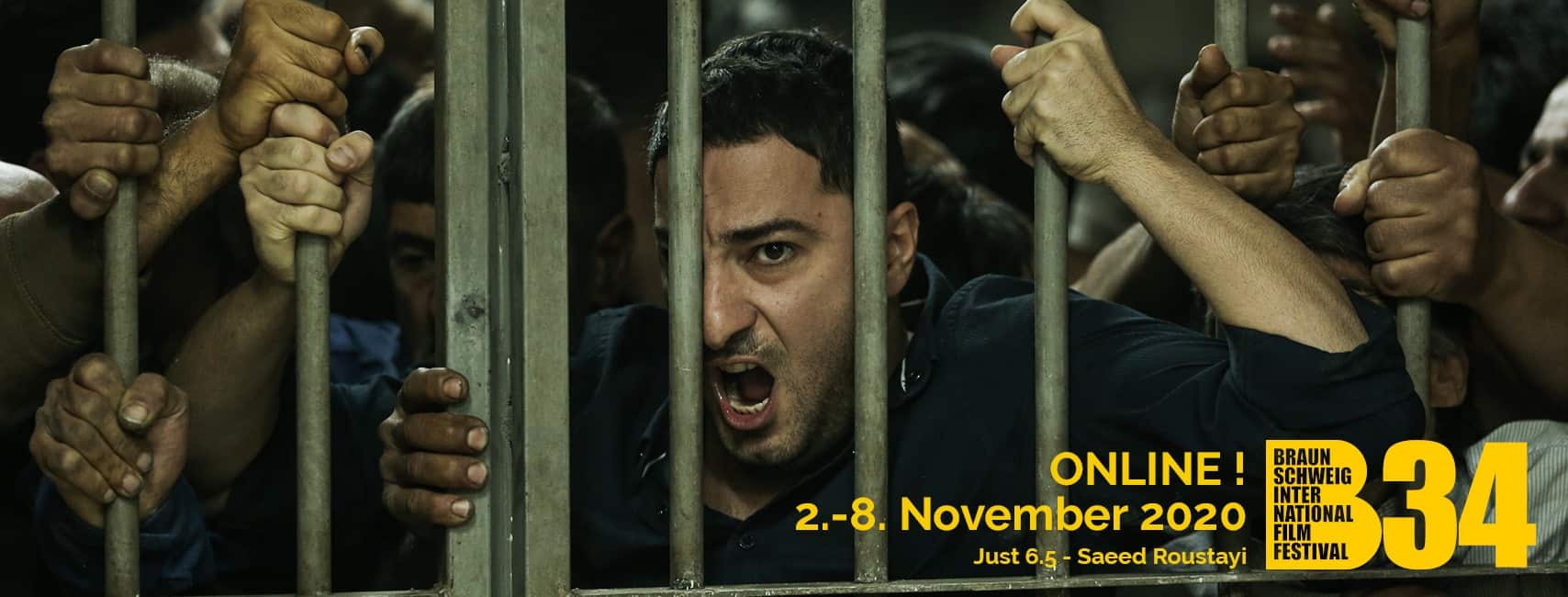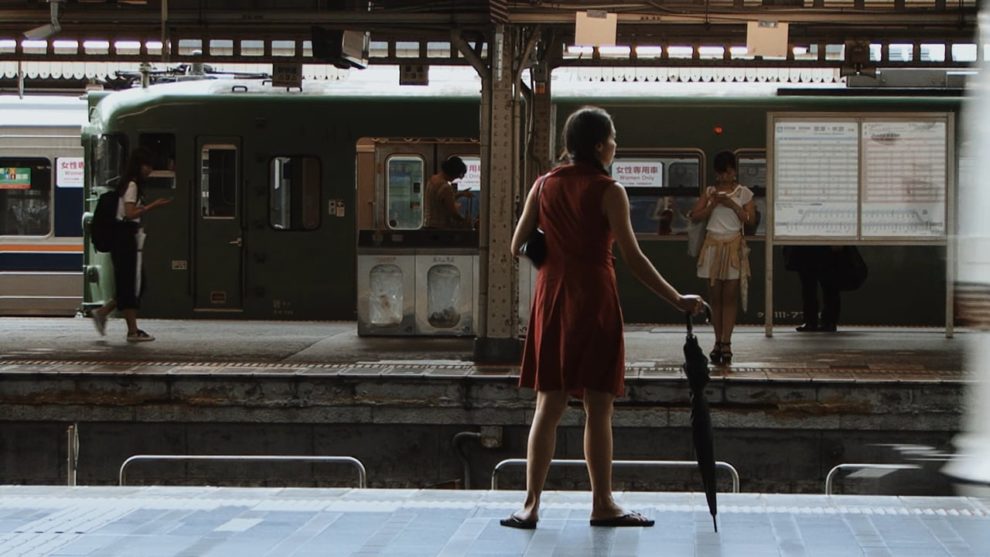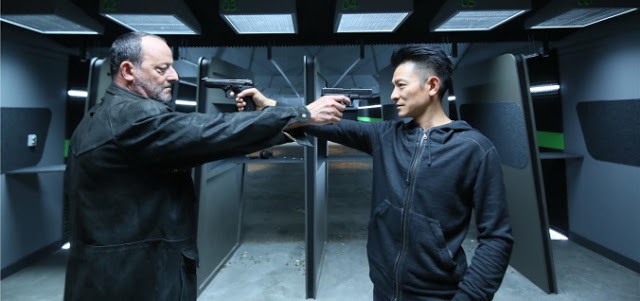Starting a new life is nearly always connected to the idea of also defining a new identity, as well as re-evaluating the concept of home. As long as you are not forced to leave your old home due to circumstances out of your control, there is a certain attraction to the thought of a clean slate somewhere else, to saying goodbye to your old life and have the power (and the means) to define yourself new. However, the connections you have established, your past and the lives you have influenced may eventually come back at some point, creating a disturbing shift within your biography which is now a blend of your concepts of home and the narratives you use to tell your story. In the case of Japanese-Canadian filmmaker Kyoka Tsukamato, the shift came with the 2011 nuclear disaster in Fukushima, the place her sister and her family had lived for so many years, and the following encounter with a truth about their lives which has always been a barrier between them.
“My Dearest Sister” screened at Braunschweig International Film Festival

In her cinematic essay “My Dearest Sister”, Tsukamoto talks about her trip from Canada, where she emigrated to many years ago, back to her home country in order to start research on the story of Princess Himiko and to re-connect with her family, most particularly her sister. Aside from meeting with her mother and her sister, talking to them about the story of abuse and molestation in their family, the second axis of “My Dearest Sister” shows Tsukamoto's research into the history of the Japanese empress, especially the story of her mirrors, a gift from the Chinese emperor to celebrate her beauty. What begins as a way to bridge the gap between the two sisters eventually becomes much more, a re-evaluation of the past and the narrative of a life as well as a moment of clarity about one's responsibility and guilt.
While it also portrays the starting point of her journey back to Japan, the image of a train leaving points is one of the central motifs of Tsukamoto's feature, which is the idea of arrival and departure. Although seemingly constantly on the move in her old home, the encounter with the past, both the history of empress Himiko and her family's story, result in an emotional and spiritual turmoil, with the narrative attempting to create order in the multi-faceted feeling of frustration, sadness and grief. Eventually the idea of leaving her old self behind becomes fragile, as the experiences of meeting her sister after so many years highlights how she may have departed from her old life, but she has never truly left it.
Another powerful simile or metaphor comes with the addition of the Fukushima tragedy. Much like the remnants of an old civilization she observes when meeting the archaeologists, the rubble of the houses in Fukushima and its surroundings become a reminder of this past which still lingers on or asTsukamoto calls them “the rubble of my soul”. These are altogether just examples of the beautiful visual poetry and artfulness in a feature such as “My Dearest Sister”, a way to describe the search for words, images and expressions to explain the feelings created by this confrontation with a past one though was buried deep.
“My Dearest Sister” is a deeply poetic, beautiful yet also somewhat tragic cinematic essay about an encounter with one's past and the attempt to process the history of your family. Kyoka Tsukamoto manages to direct a movie whose visual and narrative creativeness offers insight into an emotionally quite tumultuous confrontation with the past.















